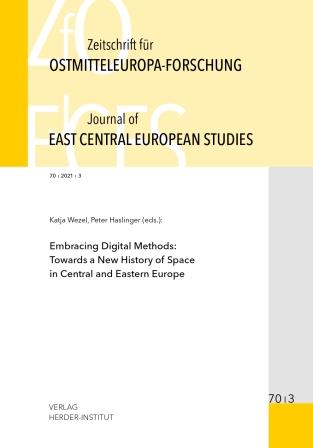Historisch-Geografische Informationssysteme (HGIS) in der Tourismusgeschichte: Transnationale Besucherströme des Ostseetourismus im 19. Jahrhundert
HGIS in Tourism History: Transnational Streams of Visitors in Nineteenth Century Baltic Sea Tourism
Author(s): Jan-Hinnerk AntonsSubject(s): Historical Geography, Geomatics, 19th Century, Tourism, ICT Information and Communications Technologies
Published by: Verlag Herder-Institut
Keywords: tourism; Baltic Sea; HGIS; transnational history; traffic infrastructure; mobility; digital humanities;
Summary/Abstract: This essay serves a double purpose: First, to demonstrate the potentials of digital methods, particularly Historical Geographic Information Systems (HGIS), in researching tourism history. To this end, it uses the example of nineteenth-century Baltic Sea tourism in order to show what benefits, problems and challenges the use of digital methods entails. Given the volume of data, in this case thousands of entries from Nineteenth Century guest lists of six Baltic Sea resorts, digital tools prove to be crucial to visualize and analyze spatial patterns of early tourist’s mobility. Second, on the level of historiographical insights, the essay asks for explanations for the specific spatial patterns of tourism movements. It analyses the spatial origin of visitors of the Baltic Sea resorts Travemünde near Lübeck, Heiligendamm in Mecklenburg, Pernau (Pärnu), Arensburg (Kuressaare), Hanko (Hangö) and Mariehamn (Maarianhamina), all in the Russian Empire, in certain sample years throughout the nineteenth century. The hypothesis of a determination by traffic infrastructure proves to be of only limited relevance. Cultural and climatic factors play considerably more decisive roles in shaping the prevailing north-south and east-west directions of visitor streams.
Journal: Zeitschrift für Ostmitteleuropa-Forschung
- Issue Year: 70/2021
- Issue No: 3
- Page Range: 357-388
- Page Count: 32
- Language: German

